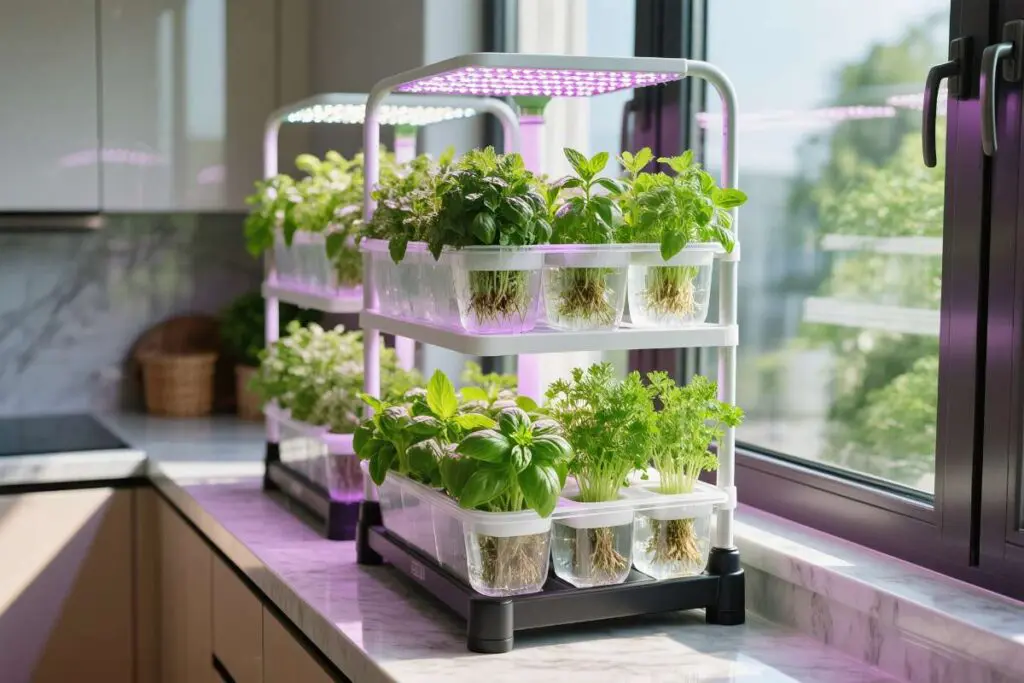There’s something deeply satisfying about looking at a thing and saying, “I didn’t buy that– I made it.” DIY projects aren’t just about saving money; they’re about owning your space, getting creative, and honing your skills. From soaps to shelves, these practical ideas are perfect for anyone who’s tired of overpaying for stuff they could easily make better. DIYing small projects from energy-saving upgrades to everyday essentials you’ll never need to buy again will save cash and build confidence. Let’s roll up our sleeves and get started.
Cut the Bill, Not the Comfort
Energy costs never take a vacation and neither should your savings. With these simple DIY upgrades focused on control and energy flow, you can target your home’s biggest energy leaks and deliver returns you’ll feel in your wallet. Grab a cup of coffee or some Chad Mode Clean Preworkout for a natural energy boost and let’s go!
Thermal Blackout Curtains
Custom thermal curtains to help maintain desirable temperatures in the home and help improve sleep quality by helping regulate your circadian rhythm save on electrical bills can be expensives, but you can make your own for a fraction of the cost. You’ll need a thick outer fabric like canvas, denim, or blackout cloth– something heavy enough to insulate. Use old fleece blankets or quilts as your middle layer to trap air and add warmth. Cut each layer to match the size of your window, leaving a few inches around the outside for hemming. If you don’t feel confident in sewing, iron-on hemming works just as well. These curtains will help to stabilise your room temperature, meaning less work for your heater or AC.
Reflective Radiator Panels
If your home uses radiators, there’s a good chance a lot of the heat is going straight into the wall. A simple reflector can bounce the warmth back into the room, improving efficiency without touching your thermostat:
- Take a piece of cardboard and wrap it tightly with aluminium foil– shiny side out.
- Secure the two pieces with tape or spray adhesive to keep the foil smooth and tight.
- Place the panel between the radiator and the wall, making sure it’s upright and isn’t touching the radiator.
- Tape it in place or wedge it behind the unit.
Draft-Stoppers for Windows and Doors
Drafts are sneaky, silent energy thieves. Block them fast with homemade draft-stoppers using old clothes and pantry staples. Fill a long sock, pant leg, or a tube sewed from scrap fabric and fill it with anything weighted that can mold to the floor. Think rice, dry beans, sand, or unused cat litter. Place it along the base of doors and windows with air movement to stop drafts and regulate temperature. For added insulation, use peel-and-stick foam weatherstripping around the edges of frames or press in rope caulk to seal gaps.

Fix It Without a Pro
Most common home repairs don’t need a plumber, contractor, or even a trip to the hardware store. A few simple skills ensure that you are able to regularly maintain your space. These repairs aren’t flashy, but they save time, money, and frustration while building hands-on skills that make you more self reliant.
Re-caulking
Old caulk around tubs, sinks, and windows isn’t about good looks. It can lead to water damage, mold, and costly repairs. Re-caulking is an easy way to protect your home:
- Remove the old caulk completely using a utility knife or caulk remover tool.
- Clean the surface with rubbing alcohol or vinegar to remove residue and wait till everything dries fully.
- Load a tube of silicone or latex caulk into a caulking gun, and apply a steady bead along the seam.
- Smooth it out with a damp finger or finishing tool for a clean seal.
Replacing a Toilet Flapper or Faucet Washer
Simple fifteen minute fixes in your bathroom can save you lots on your water bill. For a running toilet, remove the tank lid and check the flapper, which is the rubber seal at the bottom. If it’s warped, cracked, or doesn’t seal properly, turn off the water value, unclip the old one, and replace it with a new flapper. Turn the water back on to test for leaks.
For a leaky faucet, the issue is likely a worn-out washer or cartridge. Shut off the water under the sink, unscrew the faucet handle, and replace the washer or cartridge inside. Most hardware stores carry these standard replacement kits and will help to stop the endless dripping that keeps you up at night.
Fixing Wobbly Furniture or Drawers
The fix for most everyday furniture items doesn’t take too long and only requires a few basic tools. A hex key set (especially for IKEA-type furniture), a screwdriver, wood glue, and a rubber mallet can tackle 90% of common fixes without replacing a thing:
- Stripped screw holes: If a screw spins but doesn’t tighten, remove it and fill the hole with a wooden toothpick coated in wood glue. Break it off flush with the surface, let it dry, then reinsert the screw.
- Wobbly joints: Using a few drops of wood glue, lightly hammer the affected joint with a rubber mallet. Clamp the area to let it dry.

Grow More, Spend Less
Food prices rarely trend down, and fresh produce can quickly eat into your budget. Small food projects can put you back in control. A few jars, some recycled materials, and a little sunlight go a surprisingly long way.
Countertop Sprouting
Sprouts are nutrient-dense, easy to grow, and cost pennies per batch. With just a mason jar, some water, and a handful of seeds you can DIY your way to a countertop garden:
- Start with 1-2 tablespoons of easy-to-grow seeds like alfalfa, mung beans, or broccoli seed in a clean jar.
- Cover them with water and leave them overnight.
- Drain the water and cover the jar with a breathable lid like mesh or cheesecloth.
- Store it upside down to allow excess water to drip out.
- Rinse and drain the seeds twice daily for fresh, crunch sprouts that are ready to eat in 3-5 days.
Vertical Herb Garden
Herbs are expensive to buy and spoil too quickly in the fridge, but they’re a necessary pantry staple. Growing your own with materials you already have at home means fresh flavor whenever you need it. Repurpose old items like old shoe organizers, wooden pallets, or scrap wood to create a vertical growing wall. Mount the organizer or pallet on a balcony, fence, or sunny wall and fill it with small pots and grow bags. Using easy herbs like pint, basil, thyme, parsley and oregano, water your vertical herb garden consistently to skip the overpriced plastic clamshells at the store.
Dehydrating to Preserve Produce
When fruits or veggies go on sale, or your garden overproduces, don’t let anything go to waste. A basic dehydrator set up helps you to extend the life of your produce without freezing or canning:
- Stack a few old window screens together or mounted in a wooden frame.
- Place slices of fruit, herbs, or vegetables on the screens in a single layer.
- Set them in a sunny, dry spot with good airflow.
Start Saving with Home Hacks and DIYS
Instead of constantly reacting to rising prices or broken things, start building habits that make you more self-reliant. You get more control, fewer recurring costs, and a better understanding of how your home works. So skip the overpriced gimmicks and fancy packaging. You don’t need a subscription box or a toolbox the size of a car trunk—just a little initiative and the willingness to try.

